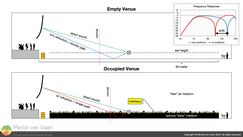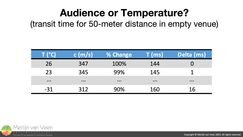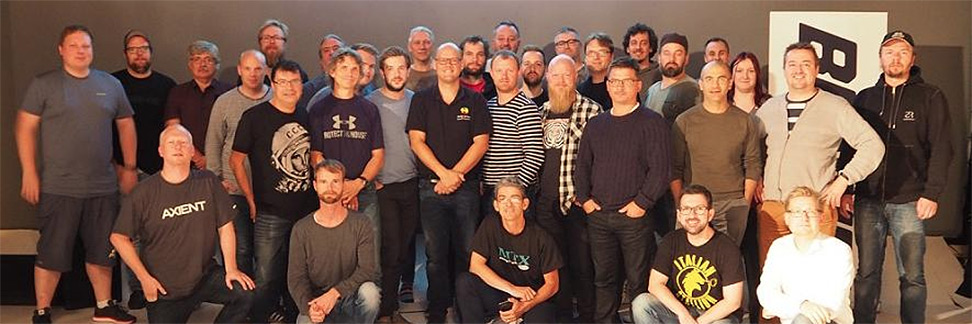 Figure 1Sound traveling slower through the audience than the air above it, is a well‑accepted phenomenon. And compelling supporting evidence has been published in the past decade. Nevertheless, one must always remain vigilant of the possible causes for sound getting decelerated. Is the audience to blame, or a drop in temperature, or a combination of both?
Figure 1Sound traveling slower through the audience than the air above it, is a well‑accepted phenomenon. And compelling supporting evidence has been published in the past decade. Nevertheless, one must always remain vigilant of the possible causes for sound getting decelerated. Is the audience to blame, or a drop in temperature, or a combination of both?
Loosely defined, the audience can be thought of as a porous medium whose propagation speed is inversely proportional to audience density. In other words, a dense audience is a "slow" audience whereas a sparse audience is a "fast" audience. Something I feel is intuitively pleasing.
It is being conjectured that the sound speed trough an audience can be slower than trough air in order of 10% and more. And one way this manifests itself is by, a frequency‑drop of the principal null in the comb filter — at ear height — caused by the infamous "floor bounce".
Bearing in mind that, present beliefs suggest that audiences, roughly — bellow 100 Hz — are non‑absorbent, i.e., the reflected sound is not absorbed by the audience.
Figure 1 shows the trajectory difference — of reflected sound — for an empty venue versus an occupied venue. Loosely defined, the observed behavior is reminiscent of Snell's law (for optics). Where the refracted reflection takes longer. According to the subject‑matter experts, an octave‑deep drop can be expected. Yet another reason why not to attempt to equalize the — moving — floor bounce.
Thought Experiment
Validating this behavior in situ, during a concert — by virtue of unambiguous measurements — is very challenging. In stead, let us conduct a thought experiment.
In Figure 1, FOH is about 50 meters away from the — ground‑stacked — subwoofers. And for a given temperature, one can calculate the sound speed, and subsequently the transit time.
\begin{equation}c=331,3+\left ( T\times 0,606 \right )\end{equation}
where \(c\) is sound speed in meters per second, and \(T\) is Temperature in degrees Celsius. Figure 2The table in Figure 2 shows — for an empty venue — that a three‑degree drop in temperature, come 50‑meters distance, will make the ground‑stacked subwoofers take one more millisecond to reach FOH.
Figure 2The table in Figure 2 shows — for an empty venue — that a three‑degree drop in temperature, come 50‑meters distance, will make the ground‑stacked subwoofers take one more millisecond to reach FOH.
Whereas the conjectured sound speed deceleration, caused by a — dense — audience, clearly cannot be achieved solely by a realistic drop in temperature.
Sanity Check
In large‑scale sound reinforcement, it is justified to consider adjusting the timing between flown mains and ground‑stacked subwoofers during the performance. Oftentimes this is done experimentally, and ultimately ends up being a judgment call. Because the acquisition of — actionable — data, come showtime, is very challenging.
However, for those fortunate enough to capture actionable data during the performance. Always subject the newly‑found timing‑suggestions to a thorough sanity check. Does it make sense, and who is to blame. Audience, temperature, or both?
Unlike the elusive audience's influence, temperature effects can be reasoned!
References
1. "The propagation of low frequency sound through an audience" by E. Shabalina, 2013
2. "Audience effect on the response of a loudspeaker system in the low frequency range, part 1: magnitude" by T. Mouterde et al., 2020
